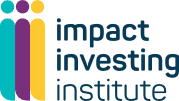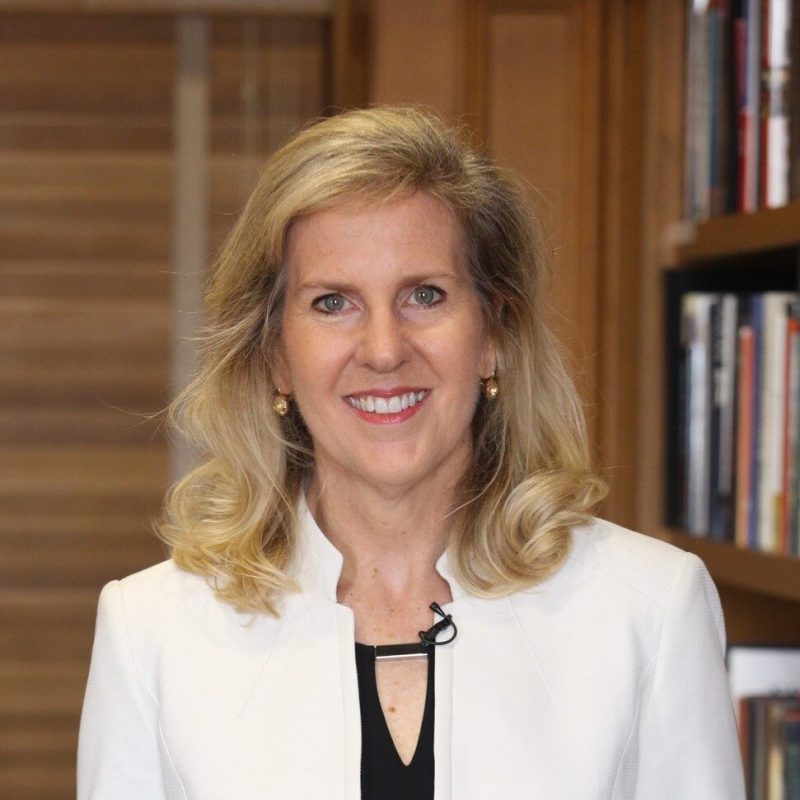This webinar launched our new set of case studies of impact investments in emerging and frontier markets made by institutional investors, including pension funds.
The case studies were developed in partnership with Dalberg Advisors and with support from the Foreign, Commonwealth and Development Office’s IMPACT Programme. They provide concrete examples of impact investments that meet the specific needs of UK institutional investors and cover multiple asset classes, themes and geographies, including emerging and frontier markets in Africa, Asia and other global regions. The case studies are accompanied by asset class profiles, which summarise key asset class trends and opportunities in emerging and frontier markets for an audience of institutional investors.
The launch event featured Impact Investing Institute‘s Lead Expert, Laurie Spengler and Matt Christensen, Global Head of Sustainable and Impact Investing at Allianz Global Investors. The conversation offered valuable insight into Matt’s pioneering experience in driving emerging markets impact investing in his roles at two leading institutional investors over the past decade and provided insight into Matt’s personal and professional journey in pursuit of impact.
We were also delighted to hear from David Krivanek, Programme Manager at the Impact Investing Institute, who talked us through the case studies.
Here are the key messages and action points mentioned during the discussion:
- Engaging with a broad range of internal stakeholders who are interested in your impact initiative can accelerate institutional buy in. Don’t limit conversations to the Chief Investment Officer; expand proactive engagement to members of the investment, corporate sustainability, communication, and risk teams, as well as senior executives. These discussions will bring different perspectives and help develop a collective narrative that can drive an agenda through the organisation effectively.
- The first impact investments that you make should be on the safer side. When setting up an impact investing programme, investors need to ensure that they have a profitable impact approach first, rather than prioritising the highest risk or highest impact deals. This will generate momentum through proof of concept. Successful initial experiences will allow for further reach along the risk and impact spectrum across asset classes.
- Articulate your vision. Set a clear, realistic vision that allows you to start with a base level of risk. This will give you the opportunity to gain knowledge and find the success stories that will help to develop your unique proposition.
- Be open to conversations with other institutional investors. Initiating discussions with peer institutional investors interested in similar initiatives can foster technical capacity building across actors, which in turn, can shape the entire impact investing ecosystem and set benchmarks to work towards.
- We need standard setting on key performance indicators (KPIs). Having coherence across the sector is crucial in measuring impact and KPIs should be a mix of general and specific. General KPIs should be communicated in ways that retail investors can easily understand and will help others be more comfortable deploying impact capital too. Good examples might be through the use of proxies such as “the hectares of forest saved” or “the number of cars taken off the roads”. Conversely, the specific KPIs should effectively capture the rich data that investment teams hold to justify a detailed impact story.
- Hiring a third-party investment consultant is a helpful way of shifting an impact strategy from reactive to proactive. Such consultants provide external credibility and can help positively identify opportunities in the market for diversifying a portfolio. External validation can often accelerate and strengthen institutional commitment rather than having to rely on the performance of proof of concept efforts as justification to take the next step.
Here are the key takeaways from our work in developing the case studies:
- The common idea that institutional investors, including pension funds, cannot make impact investments is a myth. The case studies show that an increasing number of institutional investors are integrating impact investments in emerging markets into their portfolios, and that this is being done by institutional investors from all over the world.
- Institutional investors have made emerging markets impact investments across a highly diversified set of asset classes. There is also a high degree of diversity of suitable investment opportunities available in terms of geographies and thematic areas.
- These investments profiled have a strong track record and the opportunities available are highly credible investment propositions. Many of the products profiled are 3rd or 4th generation funds. Institutional investors, including pension funds, have made clear their readiness to invest in these products, repeatedly showing how trust has been built.
The case studies cover multiple asset classes, themes and geographies, including emerging and frontier markets in Africa, Asia and other global regions, and are accompanied by asset class profiles, which summarise key asset class trends and opportunities in emerging and frontier markets from the perspective of institutional investors.




